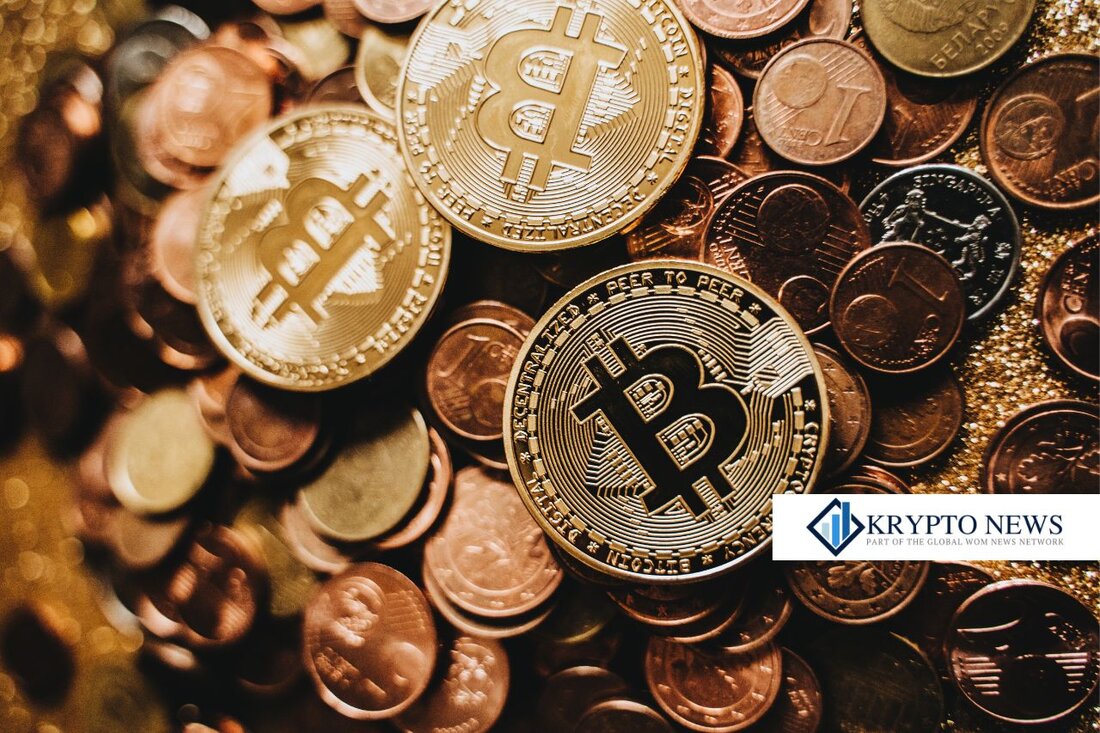Financial Stability Board focuses on stablecoins before the G20 summit: concerns about trust in the currency and supervision in view
Financial stability and stablecoins: challenges ahead of the G20 summit The Financial Stability Board (FSB) has put stablecoins at the forefront of its agenda, particularly in the run-up to the G20 summit. This decision comes amid growing concerns about the risks that stablecoins can pose to trust in monetary systems and supervision. What are stablecoins? Stablecoins are cryptocurrencies linked to a stable asset, such as. B. the US dollar or gold. This peg is intended to minimize the price fluctuations that are common with other cryptocurrencies and create a more stable currency for everyday use. However, despite its advantages, there are numerous challenges and...

Financial Stability Board focuses on stablecoins before the G20 summit: concerns about trust in the currency and supervision in view
Financial stability and stablecoins: challenges before the G20 summit
The Financial Stability Board (FSB) has put stablecoins at the forefront of its agenda, particularly in the run-up to the G20 summit. This decision comes amid growing concerns about the risks that stablecoins can pose to trust in monetary systems and supervision.
What are stablecoins?
Stablecoins are cryptocurrencies linked to a stable asset, such as. B. the US dollar or gold. This peg is intended to minimize the price fluctuations that are common with other cryptocurrencies and create a more stable currency for everyday use. However, despite their advantages, there are numerous challenges and uncertainties associated with the adoption and use of stablecoins.
Risks to trust in monetary systems
A central concern of the FSB is to protect trust in the financial markets. The use of stablecoins could potentially lead to an erosion of the traditional monetary and financial system. If stablecoins become more widely accepted, this could undermine central banks' control over their monetary policy instruments and thus threaten monetary stability.
Supervision and Regulation
The difficult regulation of stablecoins is another issue that requires the attention of the international financial community. The lack of clear guidelines and regulations can cause stablecoins to operate in a legal gray area, which can put both consumers and investors at risk. It is therefore important that the G20 countries develop a common approach to create effective regulations for stablecoins that both promote innovation and minimize risks.
Conclusion
The discussion about stablecoins is central to the future of global financial stability. While stablecoins have the potential to revolutionize payments, their risks and the need for appropriate regulation must be kept in mind. The G20 summit could be a crucial platform to take important steps towards uniform international regulation of stablecoins and thus maintain trust in financial markets.

 Suche
Suche
 Mein Konto
Mein Konto
